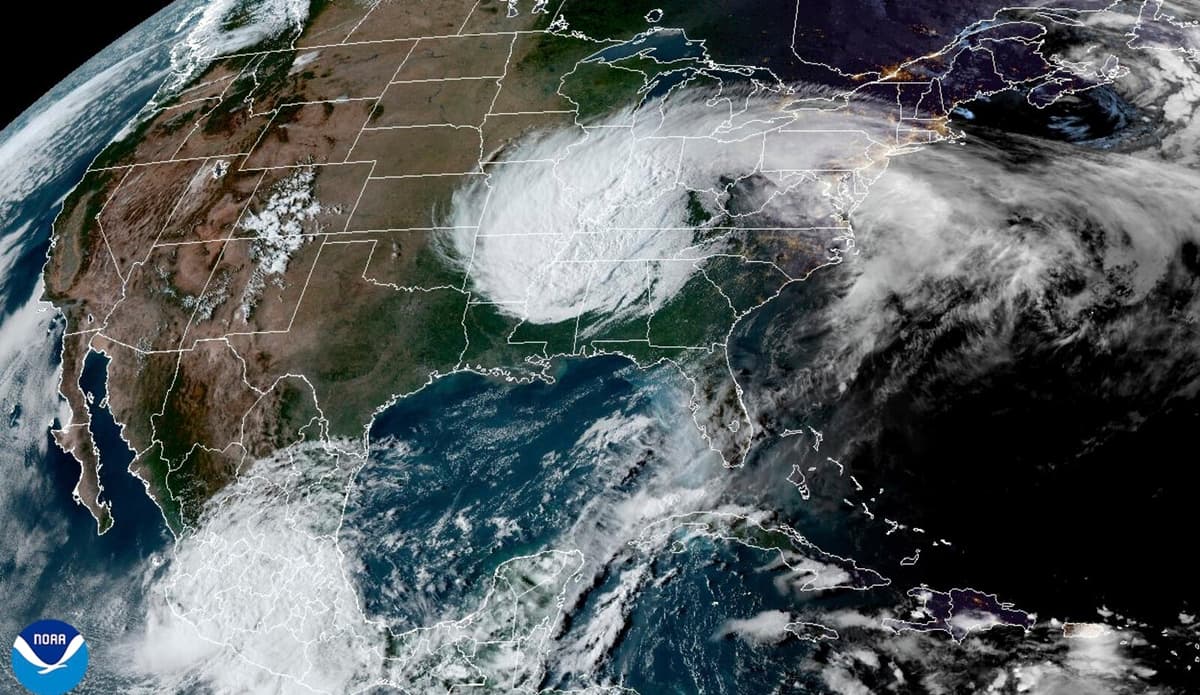The storm Helene reached Florida's coast on September 26. During two days, it caused devastation during its passage through six states, where at least 227 people died.
A rapid study from World Weather Attribution (WWA), in which Swedish researchers participated, shows that the global warming caused by human emissions worsened the storm.
Through climate modeling and observations, the researchers calculate that Helene received 10 percent more rain and that wind speeds increased by 6.1 meters per second, approximately 11 percent, due to global warming.
We see more extremely strong hurricanes because climate change makes almost all hurricanes more intense, says Friederike Otto to TT.
Happening more often
Helene gathered strength over the sea and received support from the unusually high temperatures of the surface water. The level of surface temperatures has become 200-500 times more likely, according to WWA.
High water temperatures are crucial for the hurricane's strength, when it comes to wind speeds but also the content of rain, says Otto.
Climate change not only worsens the worst hurricanes but also makes them more common.
More hurricanes to come
Regarding the wind strengths in Helene, greenhouse gas emissions have already increased the likelihood of similar hurricanes by 150 percent. They are now estimated to occur every 53rd year, compared to every 130th year before the enormous carbon dioxide emissions.
What stands out with Helene is that it reached far inland, towards the Appalachian Mountains, which were already saturated after previous rainfall. This worsened the situation, says Friederike Otto.
Southeastern USA will have to get used to more hurricanes. The storm Milton is already on its way.
Florida will see more extremely strong hurricanes than they are used to. Even if a 10 percent increase in rain doesn't sound like much, it means worse damage. A small increase can be the difference that makes a dam burst, says she.





